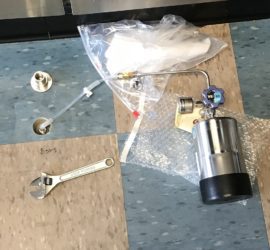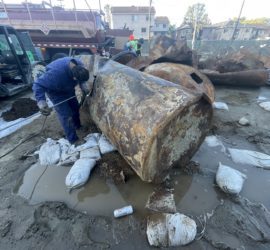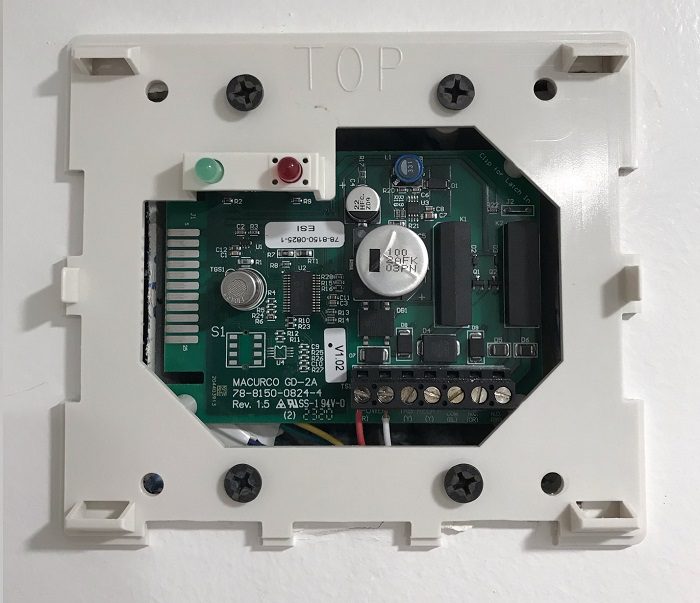Maximum Soil Screening Levels (MSLs)
Maximum Soil Screening Levels (MSLs): MSLs are a list of risk-based hydrocarbon concentrations for soil pollution evaluations, that is developed by the California Regional Water Quality Control Board. These screening levels are based on the Leaking Underground Fuel Tanks (LUFT) Manual, for cleaning up soil contamination from leaking USTs. However, MSLs usually apply to evaluate total petroleum hydrocarbons in soils during Phase 2 Environmental Site Assessments and underground storage tank removal projects. Maximum Soil Screening Levels consider sample depth, groundwater depth, contamination source, and soil types.




